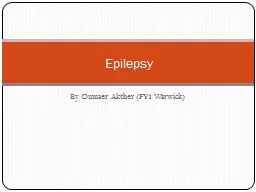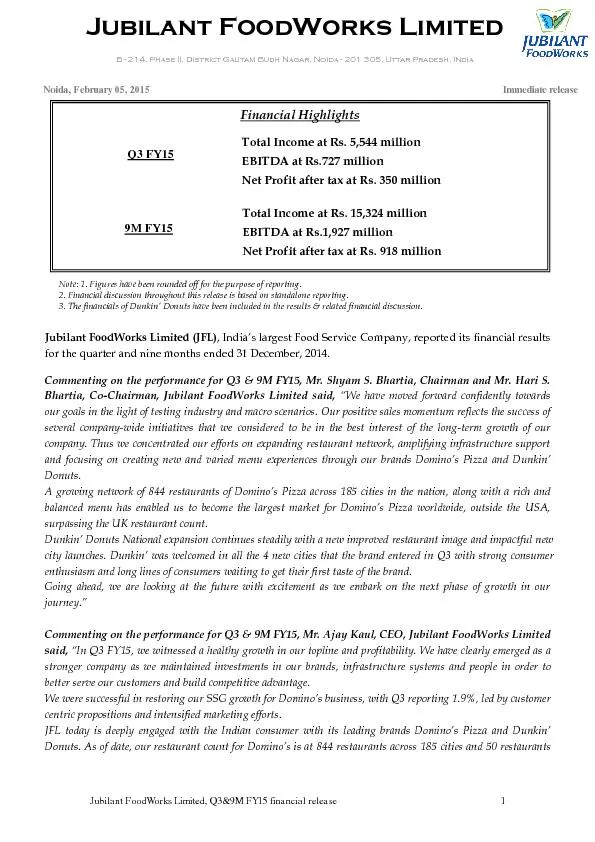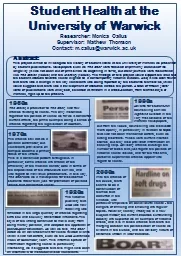PPT-By Oumaer Akther (FY1 Warwick)
Author : tawny-fly | Published Date : 2016-04-26
Epilepsy Objectives To define seizures and epilepsy To differentiate between other causes of seizuresunconsciousness Classify epilepsy subtypes Investigate a first
Presentation Embed Code
Download Presentation
Download Presentation The PPT/PDF document "By Oumaer Akther (FY1 Warwick)" is the property of its rightful owner. Permission is granted to download and print the materials on this website for personal, non-commercial use only, and to display it on your personal computer provided you do not modify the materials and that you retain all copyright notices contained in the materials. By downloading content from our website, you accept the terms of this agreement.
By Oumaer Akther (FY1 Warwick): Transcript
Download Rules Of Document
"By Oumaer Akther (FY1 Warwick)"The content belongs to its owner. You may download and print it for personal use, without modification, and keep all copyright notices. By downloading, you agree to these terms.
Related Documents














